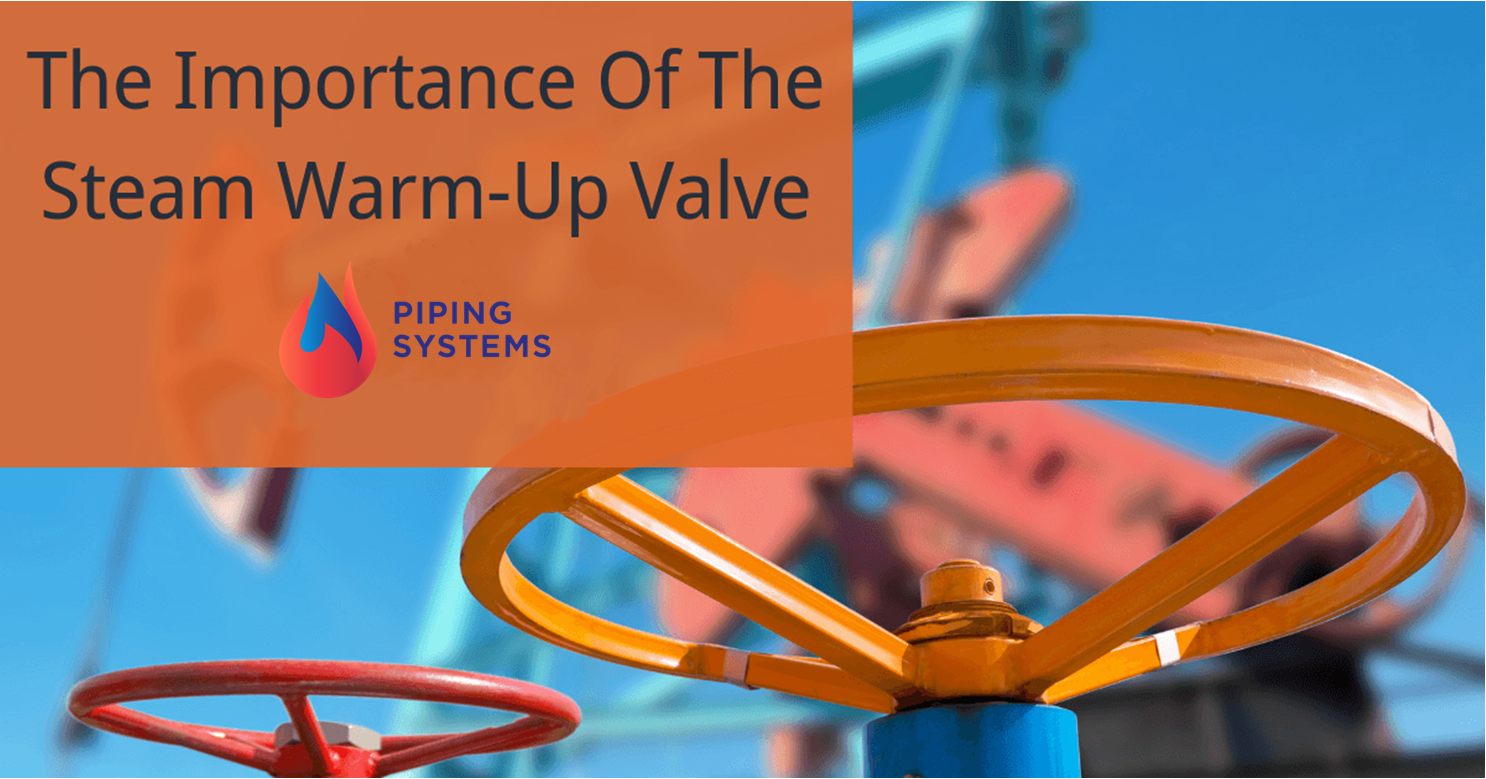Published July 22, 2019

Operating a steam system requires the right equipment, parts, and components for reliability and long duty cycles. The startup of the steam system can be a particularly problematic time in the operation as there are high levels of both condensation as well as expansion in the system due to the presence of steam.
To address these issues and to protect the system as a whole for the startup process, a steam warm-up valve is an essential component to have in place. The use of this valve is to control the presence of steam in the pipe to allow for safe thermal expansion and to reduce condensation when the hot steam hits the cold piping.
How the Warm-Up Valve Works
The warm-up valve is a relatively small valve that actually works in conjunction with an isolation or PRV (pressure reducing valve) in the system. Just as the name implies, the warm-up valve operates first, allowing small amounts of steam into the system for a gradual warming of the pipes and components. At the same time as this warming is occurring, there is also a pressure normalization that happens on the inlet and outlet side of the isolation or PRV.
This pressure normalizing or equalizing on both sides of the much larger PRV or isolation valve helps to reduce wear and tear on the big valve. Without this equalization factor, the opening of the large valve could result in water hammer, erosion, or scoring to the seals or seats of the valve through the wire drawing process.
It is vital to select the warm-up valve for the given application. They are most commonly used on pipes that are at least three inches or larger, and the longer and larger the pipe, the larger the warm-up valve needs to be. It is also possible to use two warm-up valves in the system, one for warm-up and one for isolation with large pipes and steam systems.
Extending the Duty Cycle of the System
The vast majority of the valves used in steam systems as the isolation valve are gate valves. This is an ideal option as they offer extremely limited flow restriction when in the fully open position, and they are also a reliable option for fully closing and sealing.
The use of the warm-up valve in the system provides the equalization of pressure on both sides of the gate. This allows the valve to operate automatically and without the need for external, manual operation.
In those systems that are using the quarter turn shut off valves, including ball and butterfly valves as isolation valves, the warm-up valve also allows for control of the gradual pressure and heating of the system that would not be possible through the use of the butterfly or ball valve on its own.